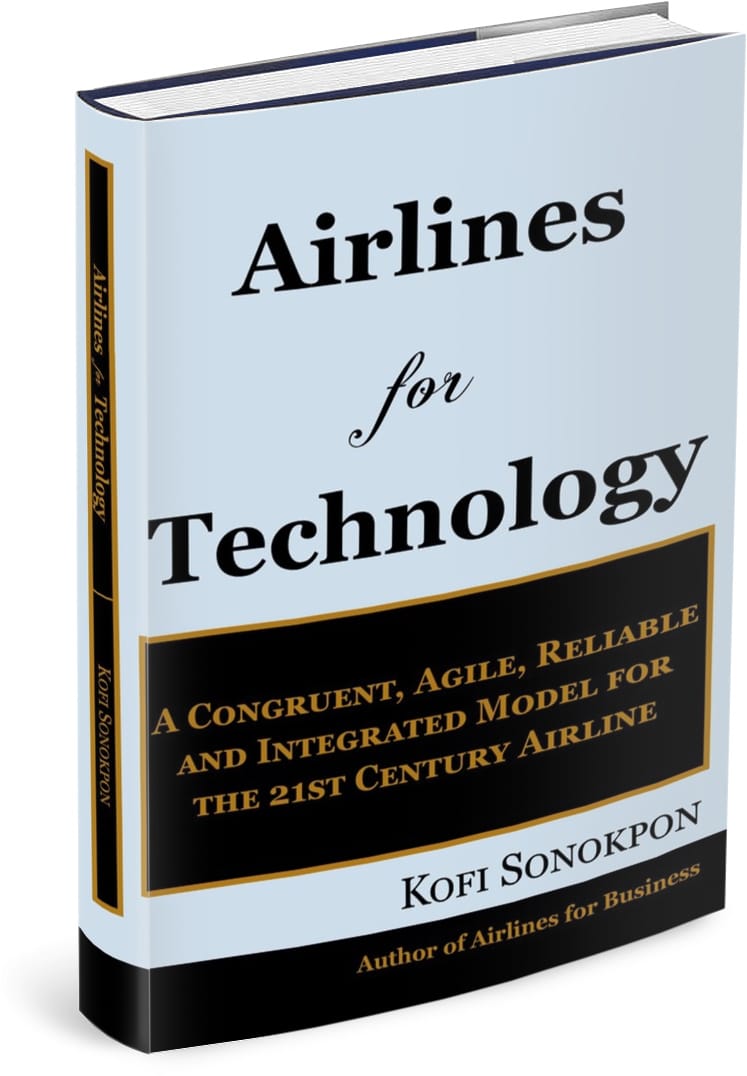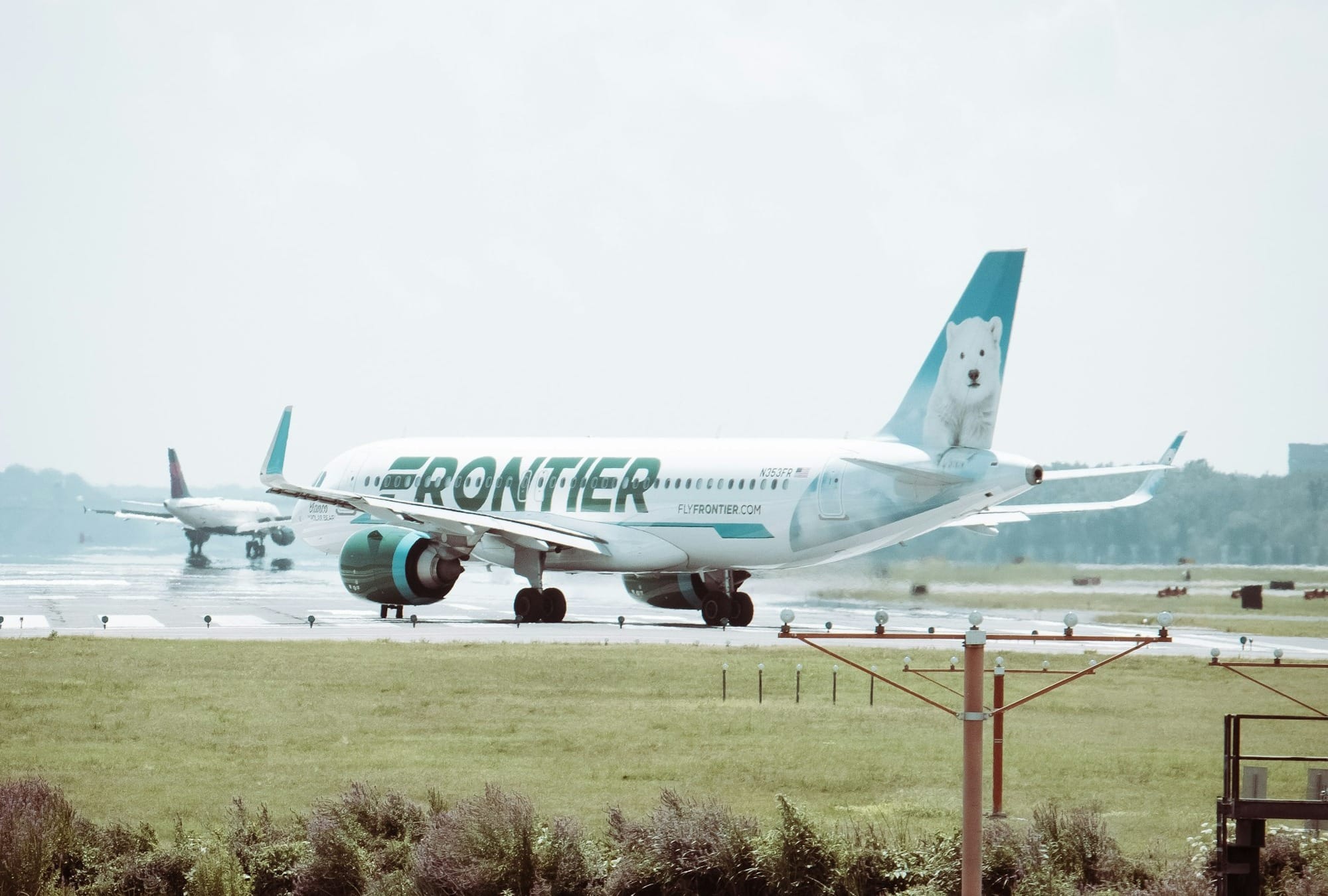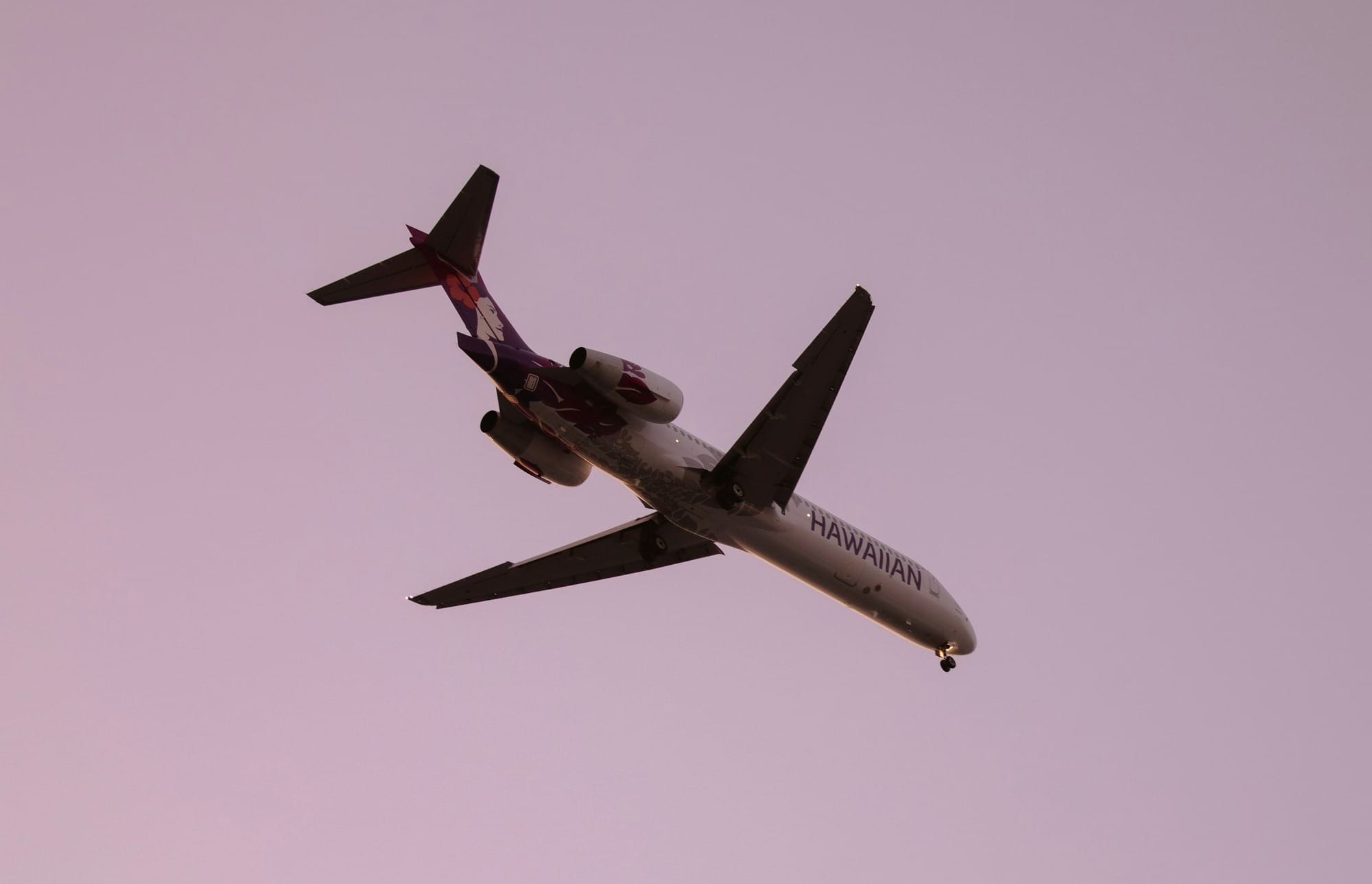African Aviation Experts Discuss Challenges and Opportunities at Regional Summit
The African aviation industry recently convened for a major regional summit, bringing together experts, airline executives, regulators, and stakeholders to discuss the pressing challenges and emerging opportunities facing the sector.

African Aviation Experts Discuss Challenges and Opportunities at Regional Summit
Key Takeaways
- Infrastructure Investment: Critical need for improved aviation infrastructure.
- Regulatory Harmonization: Importance of consistent regulations across African countries.
- Cost Reduction: Strategies to reduce high operating costs.
- Training and Capacity Building: Addressing the pilot shortage through enhanced training programs.
Introduction
The African aviation industry recently convened for a major regional summit, bringing together experts, airline executives, regulators, and stakeholders to discuss the pressing challenges and emerging opportunities facing the sector. The summit, held in Nairobi, Kenya, focused on key issues such as infrastructure development, regulatory harmonization, pilot training, and the potential for growth in the African aviation market.
Challenges Facing African Aviation
Infrastructure Deficits
Many speakers emphasized the critical need for improved aviation infrastructure across the continent. According to the International Air Transport Association (IATA), Africa requires significant investments in airports, air traffic management systems, and related facilities to support the projected growth in air travel. The African Development Bank estimates that the continent needs about $20 billion in airport infrastructure investments over the next decade to meet growing demand.
Regulatory Fragmentation
The lack of a harmonized regulatory environment across African countries was identified as a major obstacle to the industry's growth. Raul Villaron, VP Middle East and Africa at Embraer, noted that "inconsistent or outdated regulatory frameworks in some African countries hinder the development of the aviation industry and the growth of a skilled workforce". Experts called for greater cooperation between African states to establish common standards and regulations.
High Operating Costs
African airlines face some of the highest operating costs in the world, particularly due to expensive fuel prices. As reported by Aviation Business News, fuel costs in Africa are around 35% higher than in other regions. This, combined with high taxation and limited economies of scale, makes it challenging for African carriers to compete effectively on a global stage.
Pilot Shortage and Training Challenges
A significant focus of the summit was the ongoing pilot shortage facing African airlines. Dr. Yakubu Ibrahim, Technical Coordinator of the African Aviation Training Organization (AATO), highlighted that "Africa requires more than 60,000 pilots, technicians, and cabin crew to meet its manpower requirements". The high cost of pilot training, limited access to quality aviation training institutions, and competition from more lucrative job opportunities outside the continent were cited as major contributing factors to this shortage.
Opportunities for Growth and Development
Expanding Market Potential
Experts at the summit emphasized the significant growth potential of the African aviation market. With a growing middle class, increasing urbanization, and vast geographic distances, air travel is poised for substantial expansion across the continent. Boeing predicts that Africa will require nearly 1,030 new airplanes valued at $160 billion over the next 20 years to meet rising demand.
Intra-African Connectivity
The implementation of the Single African Air Transport Market (SAATM) initiative was discussed as a major opportunity for enhancing intra-African connectivity. By liberalizing air services and promoting open skies policies, SAATM has the potential to significantly boost air travel within the continent, stimulating economic growth and integration.
Technological Advancements
The adoption of new technologies was highlighted as a key opportunity for African aviation. From more fuel-efficient aircraft to advanced air traffic management systems, technological innovations offer the potential to improve operational efficiency and reduce costs for African carriers.
Training and Capacity Building
While the pilot shortage presents a challenge, it also represents an opportunity for investment in training and capacity building. Several initiatives were discussed at the summit, including the establishment of new training academies and partnerships with international aviation organizations to develop local talent.
Strategies for Addressing Challenges
Investment in Infrastructure
Calls were made for increased public and private investment in aviation infrastructure. Partnerships between governments, international financial institutions, and private investors were suggested as a means to fund critical infrastructure projects.
Regulatory Harmonization
Experts emphasized the need for greater cooperation between African states to harmonize regulations and standards. The African Civil Aviation Commission (AFCAC) was identified as a key player in driving this harmonization effort.
Cost Reduction Measures
Airlines and industry stakeholders discussed various strategies for reducing operating costs, including fuel hedging, fleet modernization, and improved operational efficiencies. The importance of government support in reducing taxes and fees on aviation was also highlighted.
Enhancing Training Capacity
To address the pilot shortage, summit participants proposed several initiatives:
- Establishing more aviation training academies across the continent
- Developing partnerships with international training institutions
- Implementing scholarship programs to make pilot training more accessible
- Encouraging airlines to invest in their own training programs
Margareth Kyarwenda, Secretary General of AATO, emphasized the importance of collaboration in addressing training needs: "Capacity building can be addressed jointly by all stakeholders through coordinated efforts to ensure that quality training is offered in a cost-effective and efficient way".
Future Outlook
The summit concluded with a sense of cautious optimism about the future of African aviation. While significant challenges remain, the potential for growth and development is substantial. Key takeaways included:
- The need for continued investment in infrastructure and human capital
- The importance of regulatory harmonization and regional cooperation
- The potential for technological innovation to drive efficiency and growth
- The critical role of training and capacity building in addressing skill shortages
As Raul Villaron of Embraer noted, "The market in Africa presents significant opportunities for airlines to deliver the connectivity that the whole continent needs". By addressing the challenges head-on and capitalizing on emerging opportunities, African aviation has the potential to play a transformative role in the continent's economic development and integration.
Conclusion
The African Aviation Summit provided a crucial platform for industry leaders to discuss the complex landscape of aviation on the continent. While the challenges of infrastructure deficits, regulatory fragmentation, high costs, and skill shortages are significant, the opportunities presented by a growing market, technological advancements, and regional integration initiatives offer hope for the future.
As the industry moves forward, collaboration between governments, airlines, training institutions, and international partners will be essential in realizing the full potential of African aviation. With concerted efforts to address the identified challenges and leverage emerging opportunities, the African aviation sector is poised for growth and development in the coming years, contributing to the broader economic and social progress of the continent.
Q&A Section
Q: What are the main challenges facing African aviation? A: The main challenges include infrastructure deficits, regulatory fragmentation, high operating costs, and a shortage of trained pilots and aviation professionals.
Q: What opportunities exist for the growth of African aviation? A: Opportunities include expanding market potential, enhancing intra-African connectivity through initiatives like SAATM, adopting new technologies, and investing in training and capacity building.
Q: How can the pilot shortage in Africa be addressed? A: Strategies include establishing more aviation training academies, developing partnerships with international training institutions, implementing scholarship programs, and encouraging airlines to invest in their own training programs.
Q: What role does regulatory harmonization play in the growth of African aviation? A: Regulatory harmonization is crucial for creating a consistent and supportive environment for aviation growth, enabling better cooperation between African states and facilitating the development of a skilled workforce.
Q: What is the future outlook for African aviation? A: While challenges remain, the future outlook is optimistic with significant potential for growth and development through continued investment in infrastructure, regulatory harmonization, technological innovation, and enhanced training programs.








